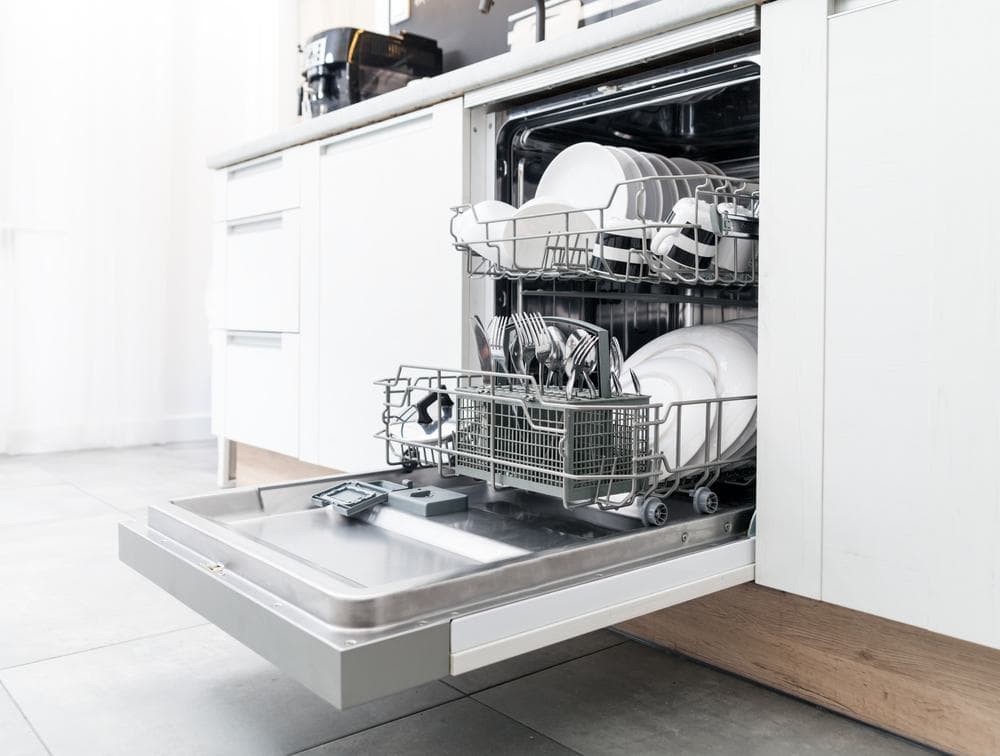
A dishwasher is an essential appliance in many homes, making our lives easier and saving us time. However, like any other machine, it can develop problems over time. One component that can often cause issues is the circulation motor. This article will guide you step-by-step on how to test a dishwasher circulation motor, the tools needed, common problems encountered, and how to address them.
To test a dishwasher circulation motor, first, disconnect the dishwasher from the power source and water supply. Disassemble the dishwasher to access the motor, disconnect any wires using pliers, and use a multimeter to measure the resistance on the motor’s terminals. If the reading is too high, too low, or non-existent, the motor may be faulty and need replacement. Reassemble the dishwasher once done.
What is a Dishwasher Circulation Motor and Its Importance?
A dishwasher circulation motor is a key component in the operation of your dishwasher. It is responsible for circulating water inside the dishwasher during the wash cycle. The motor turns a pump that uses an impeller to push the water through the wash arms. Without the circulation motor, the dishwasher would not be able to clean the dishes effectively, as water would not be properly circulated and directed onto the dishes.
How to Test a Dishwasher Circulation Motor?
Before you begin, you will need a few tools: screwdriver, a pair of pliers, and a multimeter. Remember to disconnect the dishwasher from the power source and turn off the water supply for safety purposes.
Step 1: Disassemble the dishwasher to access the circulation motor. This usually involves removing the dishwasher’s base plate.
Step 2: Locate the circulation pump, which is typically found on the outside of the pump.
Step 3: Disconnect any wires or connectors attached to the circulation pump using the pliers.
Step 4: Set your multimeter to the appropriate ohms setting and measure the resistance on the terminals of the circulation motor. The exact resistance value can vary depending on your dishwasher model, but a typical range is between 160 and 260 ohms.
Step 5: If the multimeter reading is too high, too low, or there is no reading at all, the circulation pump may be faulty and need replacement.
Step 6: Reassemble the dishwasher.
Common Problems Encountered When Testing a Circulation Motor
Here are some common issues you might encounter when testing a circulation motor:
- No Water Circulation: This could be due to a stuck shaft or impeller in the pump.
- Noisy Pump: This might be due to air in the lines, misalignment, or bearing issues.
- Leaking Pump: This would mean a problem with the seals and gaskets.
- Low Performance: This could be due to a blocked pump, incorrect speed settings, or loss of power.
- Electrical Issues: If there’s no continuity, it means the electrical path is broken, and the pump is faulty.
Maintenance Tips for Dishwasher Circulation Motor
Regular maintenance can help ensure the longevity of a dishwasher circulation motor. Here are some tips:
- Clean the dishwasher filter regularly.
- Run the dishwasher regularly to prevent the buildup of debris.
- Avoid overloading the dishwasher.
- Use the correct amount of detergent.
- Schedule professional maintenance checks.
By following these steps, you can effectively test your dishwasher’s circulation motor and ensure that your appliance is in good working order. If you find that the motor is faulty, consider replacing it to restore your dishwasher’s functionality. Remember, regular maintenance and addressing any issues early can help extend the life of your dishwasher and keep it running smoothly for years to come.
Frequently Asked Questions
What is the role of the impeller in the circulation motor?
The impeller in the circulation motor is responsible for pushing the water through the wash arms. It’s like a fan blade that propels the water when the motor rotates it.
What precautions should I take when disassembling the dishwasher?
Before disassembling the dishwasher, always disconnect it from the power source and turn off the water supply. This is for your safety to avoid any electrical shock or water spillage.
What could be the reason for a high ohms reading on the multimeter when testing the circulation motor?
A high ohms reading on the multimeter could indicate a resistance in the electrical path. This could be due to a faulty motor, loose connections, or corrosion.
What should I do if I discover my circulation pump is faulty?
If you discover your circulation pump is faulty, it’s advisable to replace it. You can either do it yourself if you’re comfortable doing so, or hire a professional to ensure it’s done correctly.
How often should I clean the dishwasher filter?
It’s recommended to clean the dishwasher filter at least once a month. However, if you notice a decrease in cleaning performance or the dishwasher starts to smell, you might need to clean it more often.












